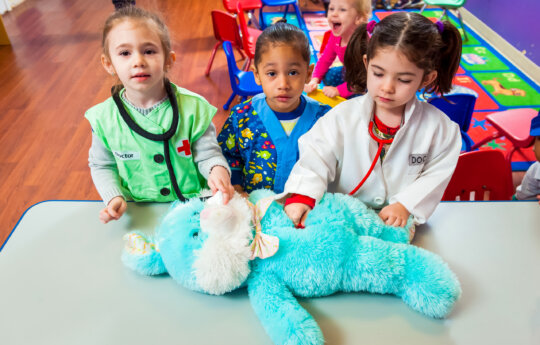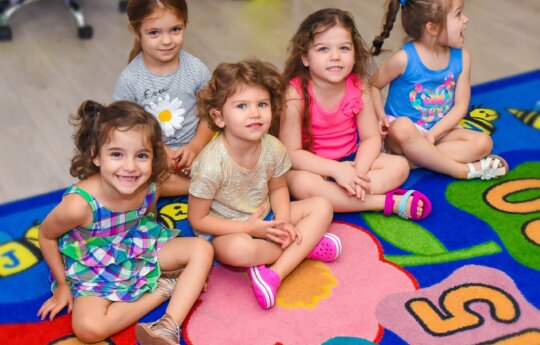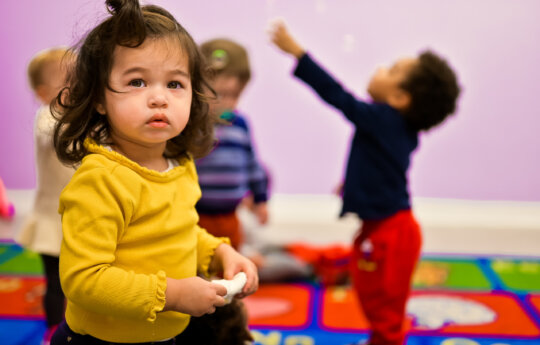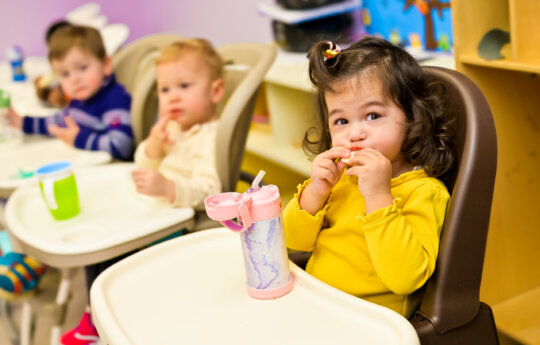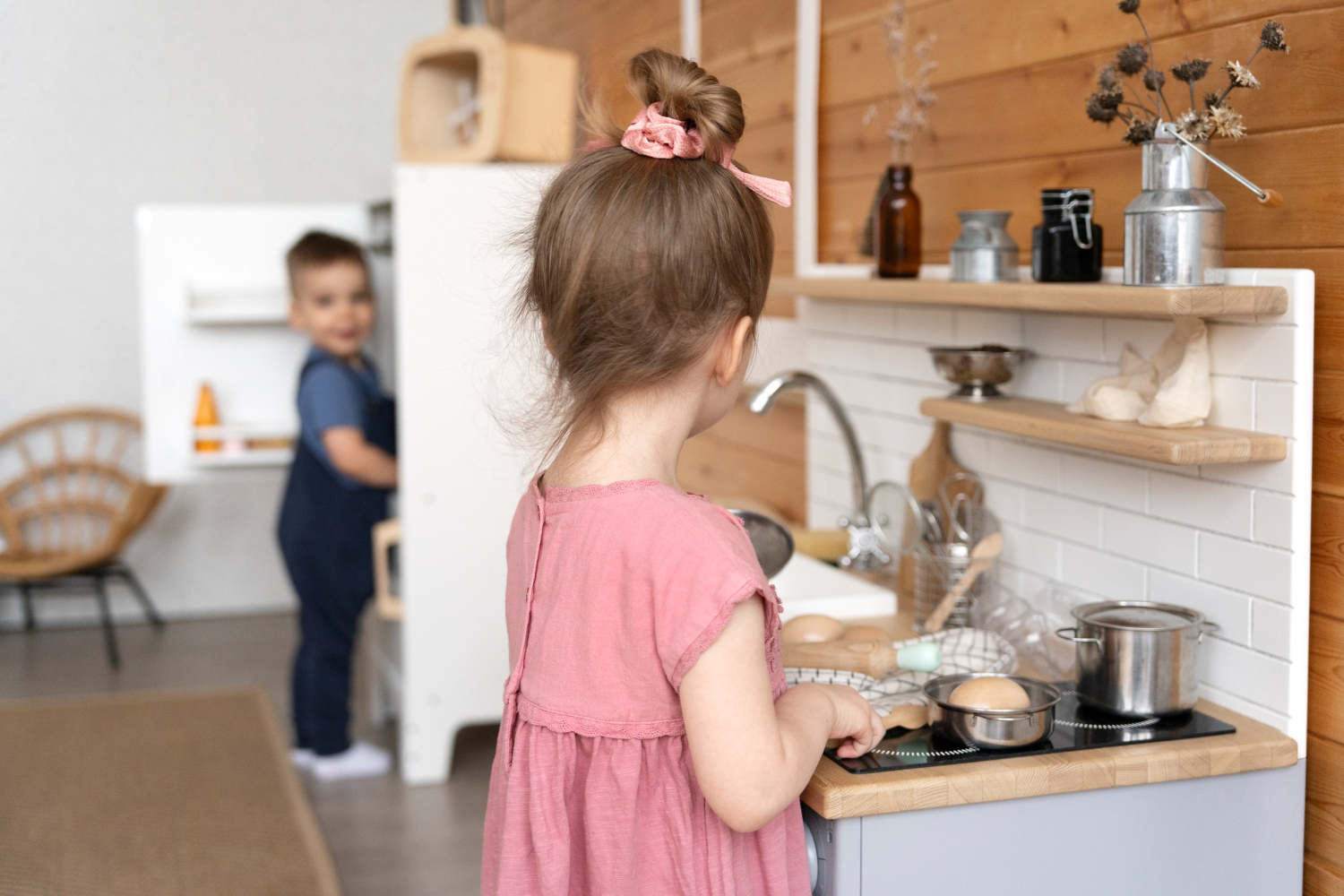
You and your youngster will feel more upbeat about the day if you remain composed and organized in the morning. Sometimes the most hated portion of the day is the morning routine transitions. Learn how to establish a stress-free morning routine with this get-ready checklist.
Establishing a morning routine for kids is one of the finest strategies to maintain composure and organize yourself. Parents can establish routines using the present getting ready chart that support children’s mental and physical health in addition to keeping them organized and composed with a little preparation and consistency. A more efficient preschool day and a calmer conclusion to the day can result from a more seamless flow.
Why a Morning Routine Matters
A kids morning routine is repeated and structured. They appear blasé and uninteresting. However, morning routines are your best friend when it comes to simplifying and reducing stress in your everyday life. Why are routines so effective? First of all, children thrive on predictability, despite their passion for pushing limits. Young drains are more likely to cooperate when they are aware of the expectations:
- Encourages independence: children learn to handle their own responsibilities, such as packing their bags, cleaning their teeth, and getting dressed, without constant reminders, when they have a clear routine. This makes them more independent and less reliant on you.
- Increases readiness and confidence: youngsters feel a sense of achievement after finishing their assignments, which makes the day more upbeat. They feel less anxious and more confident to face the day when they have everything they need ready.
Additionally, they are at ease within the boundaries of a trustworthy structure. But stress, chaos, and complications? Nobody makes a living doing that. Second, our bodies can tolerate routines better. Eventually, waking up will become simpler for anyone who gets enough sleep and wakes up at the same time every day.
On weekends, holidays, and throughout summer vacation, this entails rising at the same time every day with various breakfast ideas. Additionally, children of all ages may teach their bodies to follow a healthy circadian rhythm, using morning warm-ups, despite the fact that teens like to sleep in while younger children tend to rush out of bed.
Sample Morning Schedule by Age
The schedules for each age group are thoughtfully planned to strike a balance between independence, structure, and nurturing care. An example of the morning flow for each of our programs can be found below.
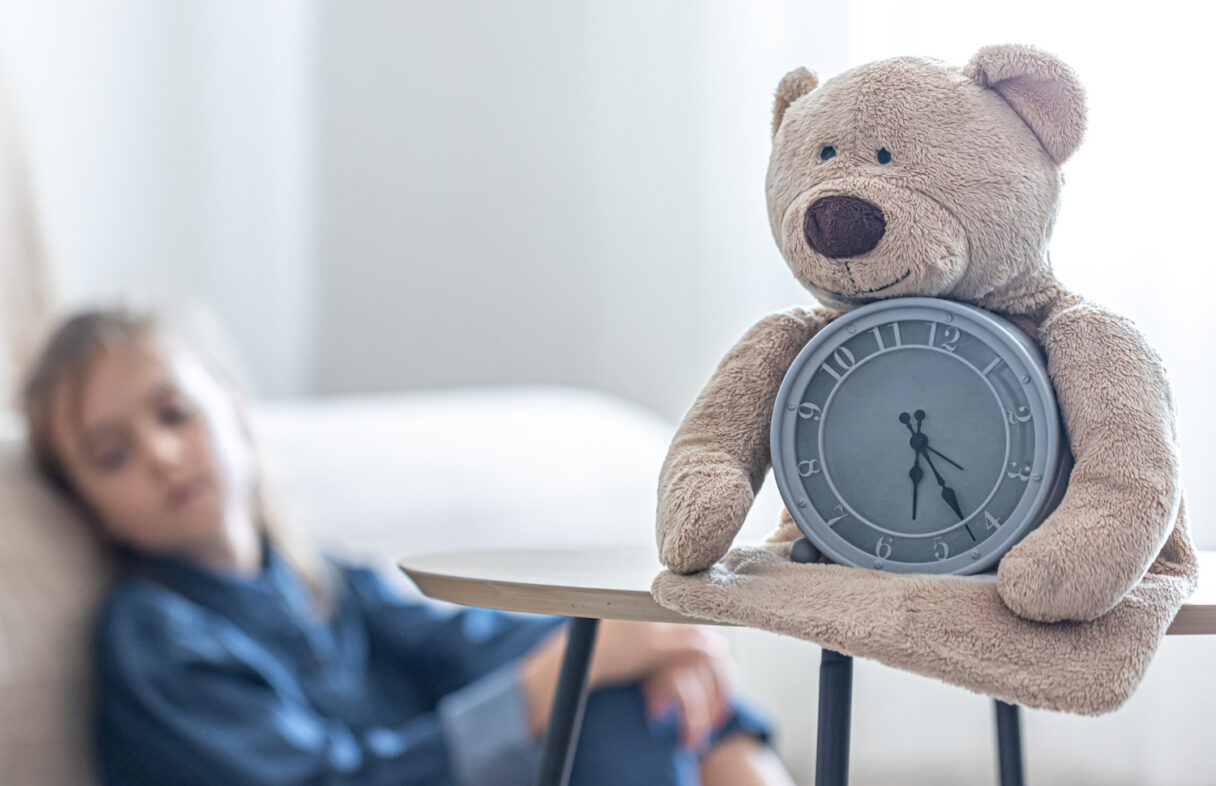
Infant (0–1 year old)
Our Infant Program at Little Scholars NYC fosters the earliest phases of learning. In order for babies to develop strong attachments, explore safely, and start using their senses through gentle, supervised experiences, we concentrate on providing a warm, safe environment. The schedule:
- Caregiver support and gentle wake-ups
- Bottle time and feeding
- Moments of cuddling and bonding
- Exploration of the senses through music or gentle play
Our calm mornings are planned to promote ease, trust, and exploration at the pace that suits each child. We set the stage for future learning and development with meaningful interactions and responsive care.
Toddler (1–2 years old)
Curiosity and developing independence are the foundations of our Toddler Program. Our mornings incorporate independence skills practice with basic routines because toddlers thrive on consistency. Every day gives kids the stability of structure while promoting exploration. The schedule:
- Steps for potty training or changing diapers
- A healthy breakfast
- Dressing with increasing self-reliance
- Comforting repetitions of simple routines
With time blocks, toddlers learn to confidently navigate their environment and become independent while feeling safe and supported when routine and exploration are balanced.
Preschool (2–3 years old)
Preschoolers are enthusiastic learners who are starting to follow brief instructions and experiment with cooperative play. In addition to providing time for enjoyment and creativity, our Preschool Program establishes regular routines that foster social skills, confidence, and early responsibility. The schedule:
- Routine for waking up and using the restroom
- Having breakfast with colleagues
- Rehearsing how to outfit prep
- Quick, reliable sequences to boost self-assurance
Preschoolers gain a sense of competence and learn to be proud of their everyday achievements through mild structure and supervised independence.
3K (3–4 years old)
The 3K Program serves as a link between early childhood education and readiness for prekindergarten. Children’s enthusiasm and curiosity are at their peak at this age. Our morning activities center on social-emotional skill development, independence practice, and early learning routines. The schedule:
- Self-sufficient personal hygiene (face washing, tooth brushing)
- Selecting things to carry or pack
- Conversation in the morning and over breakfast
- Following procedures with charts or other visual aids
Children in 3K acquire the self-assurance to express themselves, solve problems, and get ready for the next phase of their education through routines that encourage independence and teamwork.
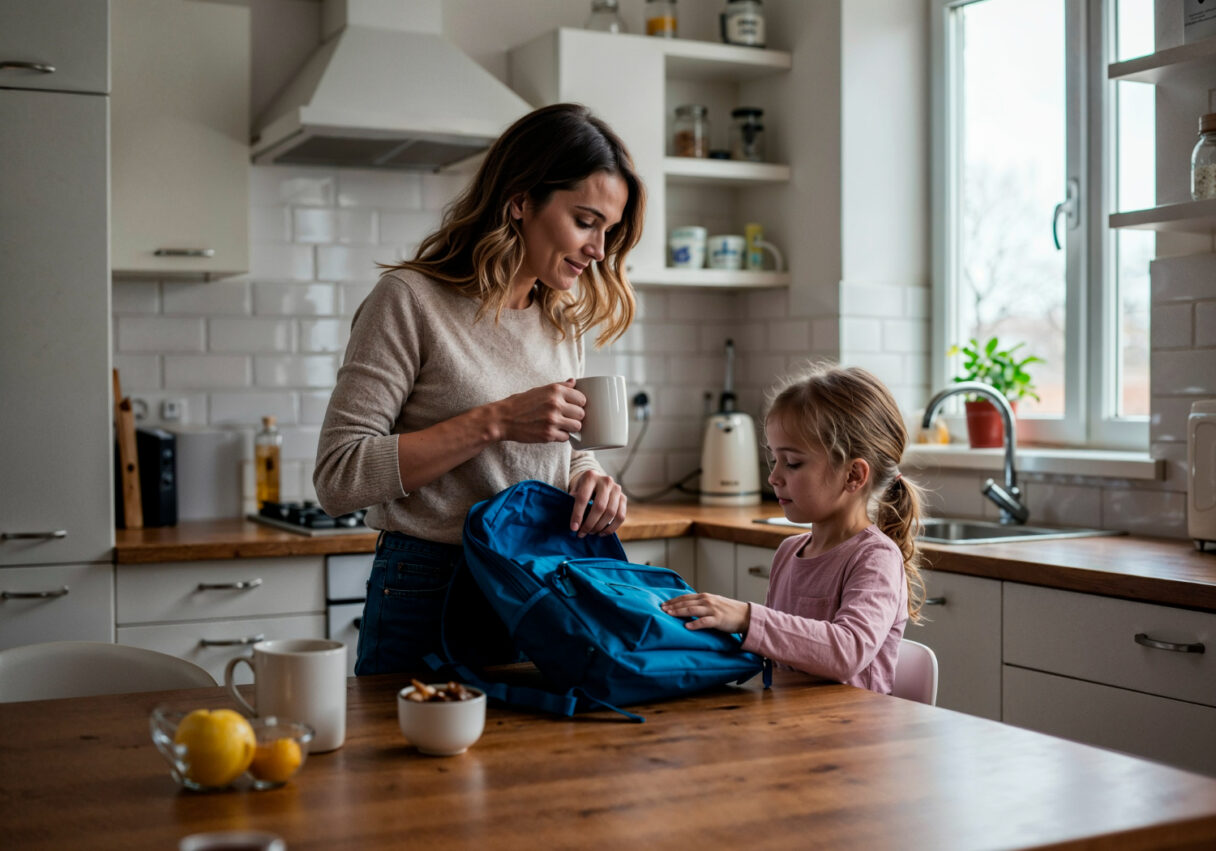
Getting ready in the morning checklist
Assist kids in rising on time:
- Getting ready in the morning checklist with a consistent wake-up time for kids beginning at age one. Children find it challenging to know what to expect when they are allowed to wake up at varied times each day.
- Early risers can be instructed that it’s acceptable to get out of bed after the age of four, but they must play quietly in their room until a certain time or until you enter it.
- By assisting each child individually, starting with the smallest, staggered wake-up times can help families with several children maintain a productive morning routine.
Encourage uplifting attitudes and actions:
- Children might be happier during the morning ritual if their parents have a cheerful attitude, even if they are not morning people. “Good morning” and “have a wonderful day” greetings assist establish the mood and get a child ready for socializing effectively in school.
- Starting the day with a hug or some snuggle time is a great way to show affection. This can be a quick and considerate way to begin the daily routine.
- Think about the potential effects your child’s sensory experiences may have on their behavior or mood. Is there a lot of activity in the kitchen during breakfast? Keep an eye out for indications of happiness or sadness in your youngster.
Create timely and well-organized morning routines:
- Make a plan in advance. The night before is a good time to accomplish things like load homework in backpacks, decide on breakfast, and choose clothes.
- To prevent the unexpected, clear up extraneous clutter and check calendars and weather forecasts.
- It’s crucial to involve kids in decisions about what to eat and wear, and doing so the night before helps cut down on lengthy morning conversations. Additionally, to make the selection faster and simpler, be sure to provide smaller kids only two options (for example, “you may wear the polka dot or striped outfit”).
Children should be prepared for the duties of the morning:
- Discuss with your kids what will happen every morning the night before. Ask them to list the morning routine’s steps.
- The morning routine can be strengthened by going over it again. Ask them what comes next when they finish a task in the morning.
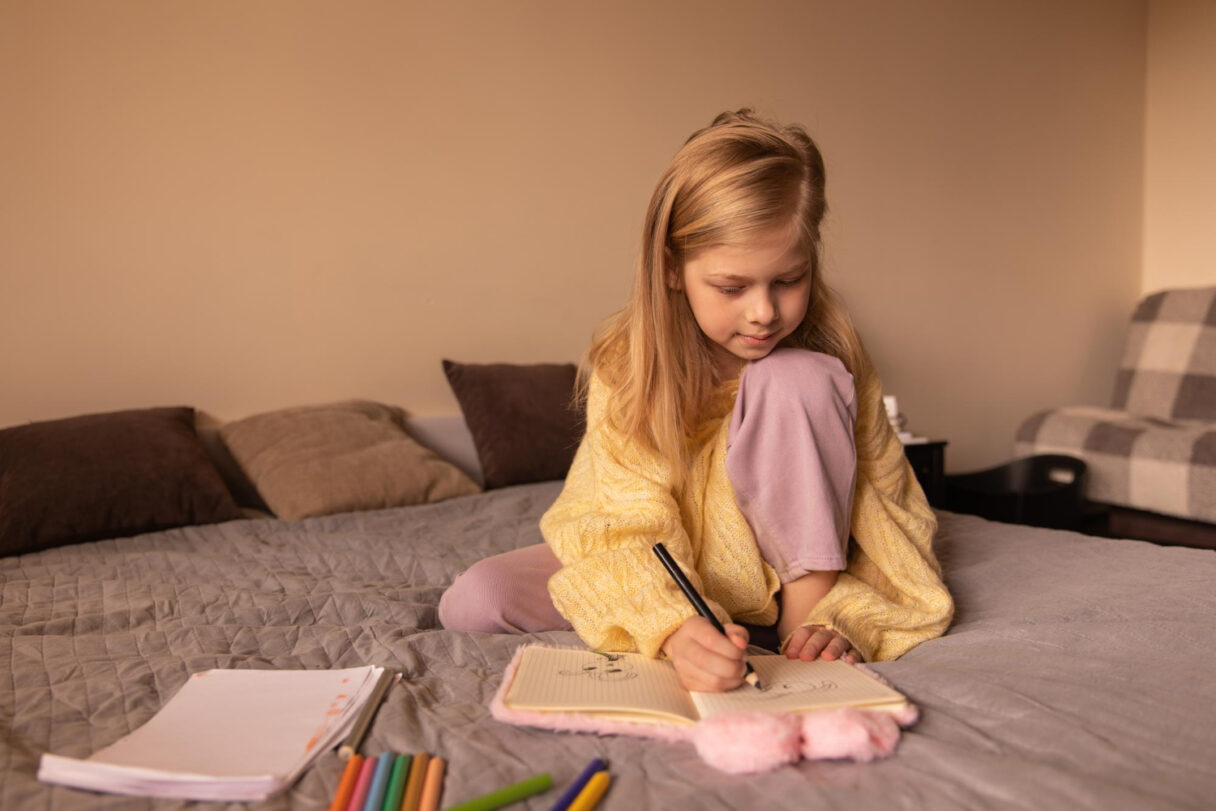
Parental Advice for Smooth Mornings
Morning chaos can be avoided with preparation and a few well-considered tactics. The useful advice included below is intended to assist families in making their morning routine kids more enjoyable and seamless.
Prepare the night before
Take on some chores the night before to reduce the amount of tension in the morning. This easy routine can save time and drastically lower stress. Make screen-free mornings, placing library books, permission slips, homework, and any other required materials in school backpacks. Have all of your children’s clothes ready in one place the night before by laying them out or letting them choose.
Prepare meals ahead of time by portioning snacks, washing fruit, etc. To keep track of to-dos, use visual aids such as a family planner for older kids or a checklist with illustrations for younger kids. Establish a designated space known as the “launch pad” where children can store their lunch bags, shoes, jackets, and backpack preps for the following day.
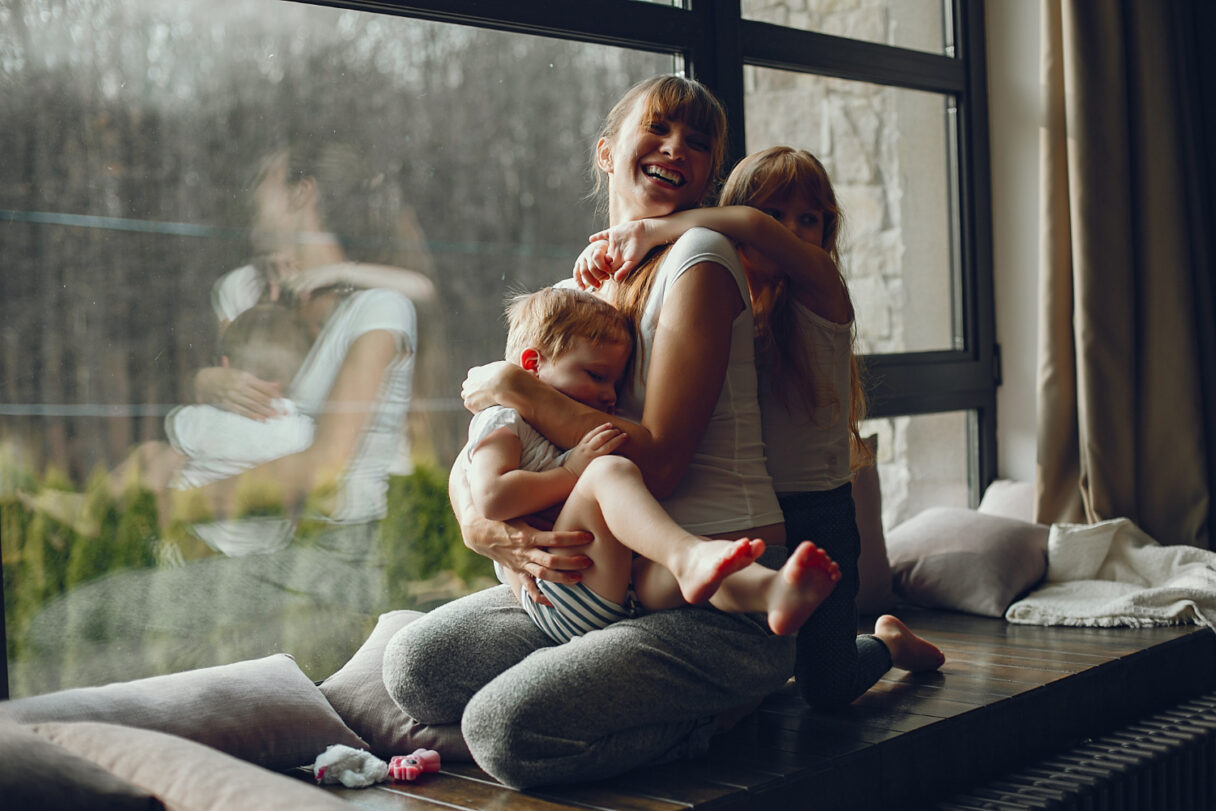
Use positive wake-up practices
The tone of morning routines for kids is established by how they begin their day. Put milder methods ahead of the startling alerts. Your youngster will wake up more naturally if you open the curtains to let in natural light. Replace loud noises with calming alarms that have soft sounds or themes related to nature. Start your day with a quick stretch, some jumping jacks, or a fast, enjoyable dance session to get your heart rate up and incorporate movement.
Final Thoughts
A morning routine for toddlers does not have to seem hurried if one is consistent and plans ahead. Children gain confidence, independence, and a sense of security from a peaceful, predictable routine that also gives parents peace of mind.
Our activities at Little Scholars are created to accommodate kids at every developmental stage and assist families in creating enduring routines that promote wellbeing and learning.
In need of individualized assistance? Find out more about Little Scholars commitments and ideas and how we may work with your family to improve the quality and flow of mornings.
FAQ
What should a kids’ morning routine include?
A morning schedule for kids should incorporate easy steps that promote independence with basic care (meals, hygiene, and toileting). Giving kids little decisions, like choosing an outfit, gives them a sense of control and confidence.
How long should a morning routine take?
Depending on the child’s age and needs, most routines take between thirty and sixty minutes. Maintaining regular school mornings without feeling hurried is the aim.
Visual schedule or checklist: which is better?
Visual sequences with pictures are the most effective for younger children because they are simple to follow. Both written routine charts and visual schedules help older children develop their organizational and responsibility skills.
How do I handle meltdowns or slow mornings?
Maintain your composure, show empathy, and follow the plan; over time, consistency lowers stress. Include a tiny buffer for slower days to prevent kids from feeling overburdened or under pressure.

